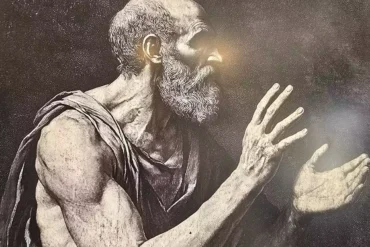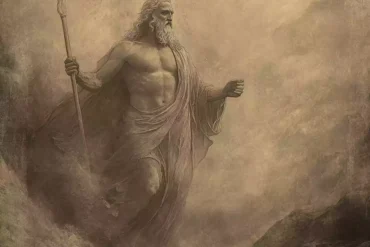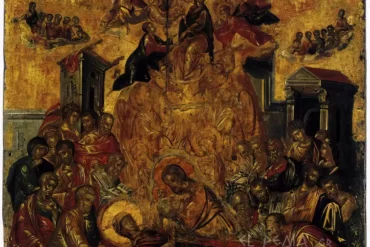The mural of Justinian II in Saint Demetrios depicts the triumphant entry of the emperor into Thessaloniki in the 7th century.
JoinedJanuary 24, 2024
Articles674
Kostas Georgiou holds degrees in History and Theology, a Master’s in Art History with a focus on Byzantine Art, and a PhD in Ecclesiastical Literature.
Krotos, son of Eupheme, invented clapping, inspired by the Muses.
The Enthroned Virgin Mary "Lady of the Angels" of Corfu is an exceptional example of post-Byzantine art from the early 16th century.
The story of Pan and his syrinx, one of the oldest musical instruments associated with Greek mythology.
The Sinai triptych with the Holy Mandylion is an excellent example of the classicizing style of the 10th century.
Aeolus, the mythical keeper of the winds, is a multifaceted figure inextricably linked with natural forces.
The fresco of the Deposition in Nerezi (1164) is an excellent example of Byzantine art during the Komnenian period.
Orestes is one of the most enigmatic and psychologically complex tragic figures in ancient Greek mythology and drama. Son of King Agamemnon and Clytemnestra, Orestes found himself at the center of a family tragedy that marked the house of Atreus. His story revolves around the revenge he undertakes for the murder of his father by his mother and her lover Aegisthus, leading to the tragic act of matricide. The figure of Orestes has been a source of inspiration for [...]
Ancient Greek mythology offers rich narratives that capture the genesis and evolution of the world through cosmogonic myths. Among these, the Overthrow of Uranus' Reign holds a prominent position as one of the fundamental episodes of the theogony. It is the narrative of the conflict between the first divine generations, where Cronus, the youngest of the Titans, overthrows his father Uranus from the power of the universe. This dramatic transition of power marks a defining point in Greek mythology and [...]
Title: The Dormition of the Virgin Artist: Doménikos Theotokópoulos Type: Portable icon Date: Before 1567 Dimensions: 61.4 x 45 cm Materials: Egg tempera and gold on wood Location: Metropolitan Church of the Dormition of the Virgin, Ermoupoli, Syros
The Dormition of the Virgin by Theotokópoulos (El Greco) is one of the most important early works of the artist during his Cretan period. The work was created before his departure for Venice in 1567 and reflects his excellent training in the Cretan painting tradition. The [...]
The Minotaur of Crete is one of the most iconic figures of ancient Greek mythology, embodying the complex interplay between the human and the monstrous element. This monstrous creature, with the body of a man and the head of a bull, was born from the union of Pasiphae, the wife of King Minos, with a sacred bull sent by Poseidon. Its existence is inextricably linked to the famous Labyrinth of Knossos, an architectural marvel constructed by Daedalus at the command of Minos to imprison [...]
Title: Our Lady of the Sign
Artist: Unknown Iconographer of the Novgorod School
Type: Portable Icon of Byzantine Style
Date: circa 1600 AD
Dimensions: 53 x 41 cm
Materials: Egg tempera and gold leaf on wooden panel
Location: Museum of Russian Icons, Clinton, Massachusetts
Our Lady of the Sign is one of the most significant depictions of the Theotokos in the Orthodox iconographic tradition. It is an exceptional icon of the Novgorod School, dating around 1600 AD. The icon depicts the Virgin Mary in a posture of supplication [...]










